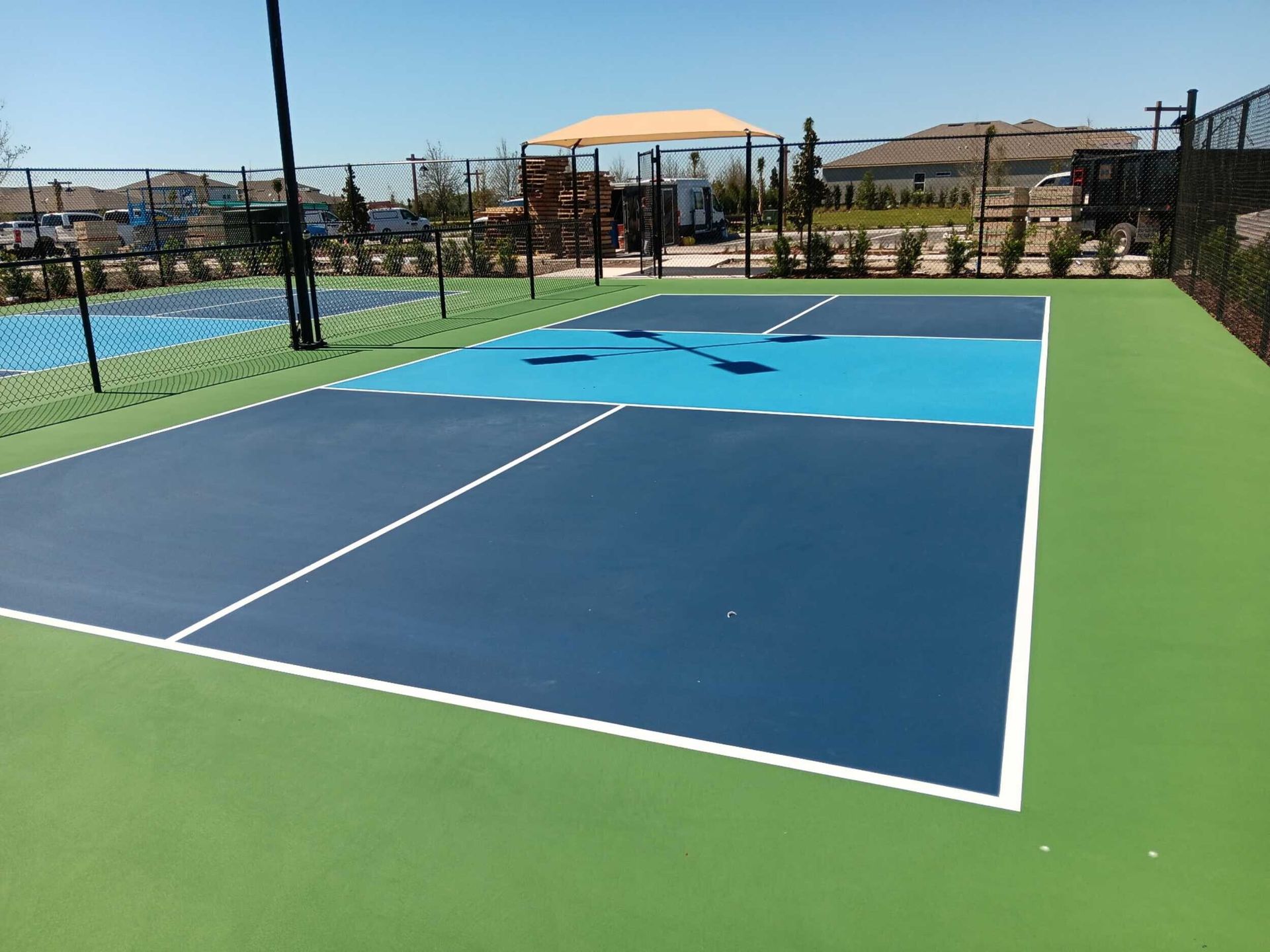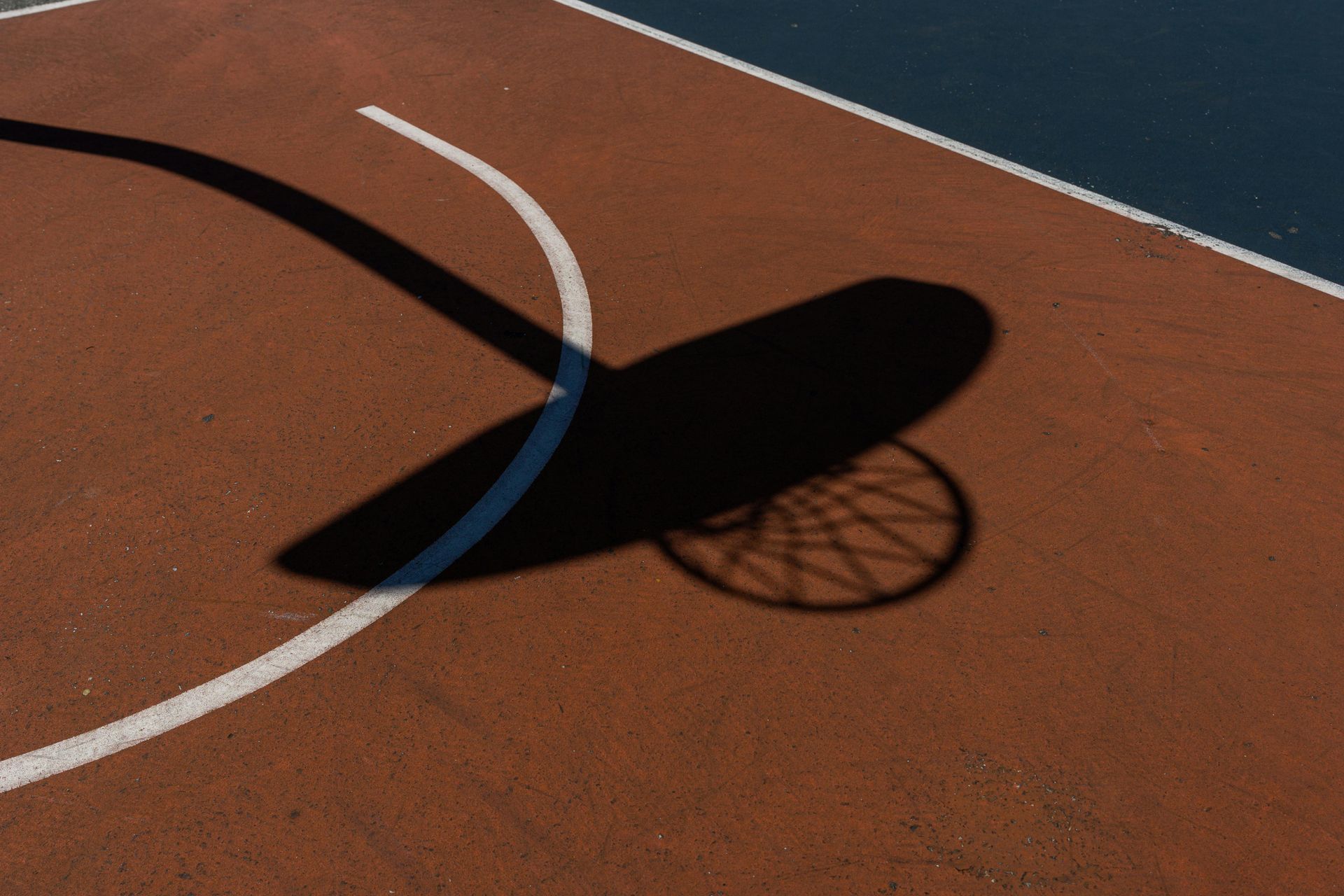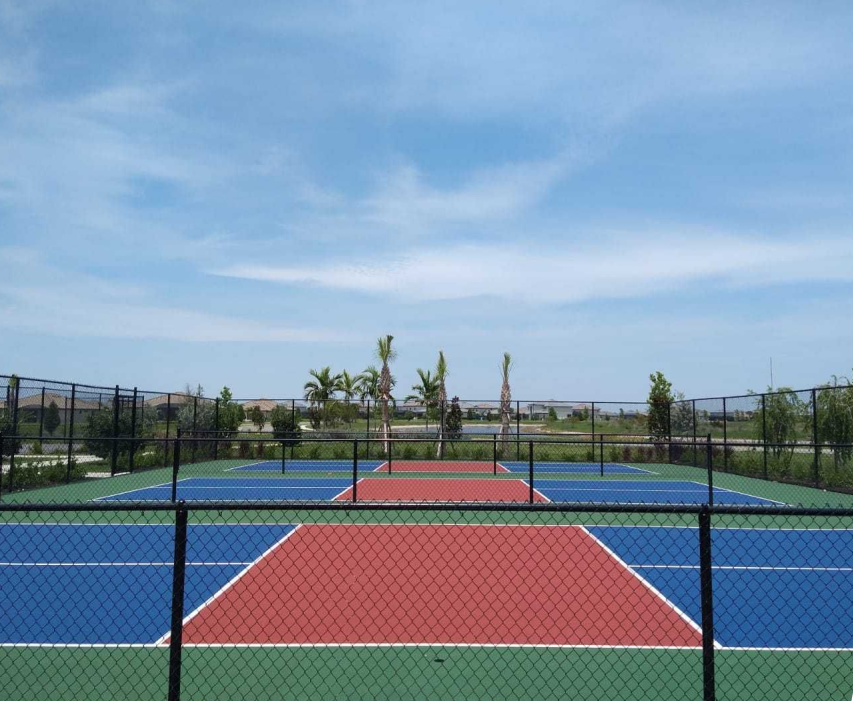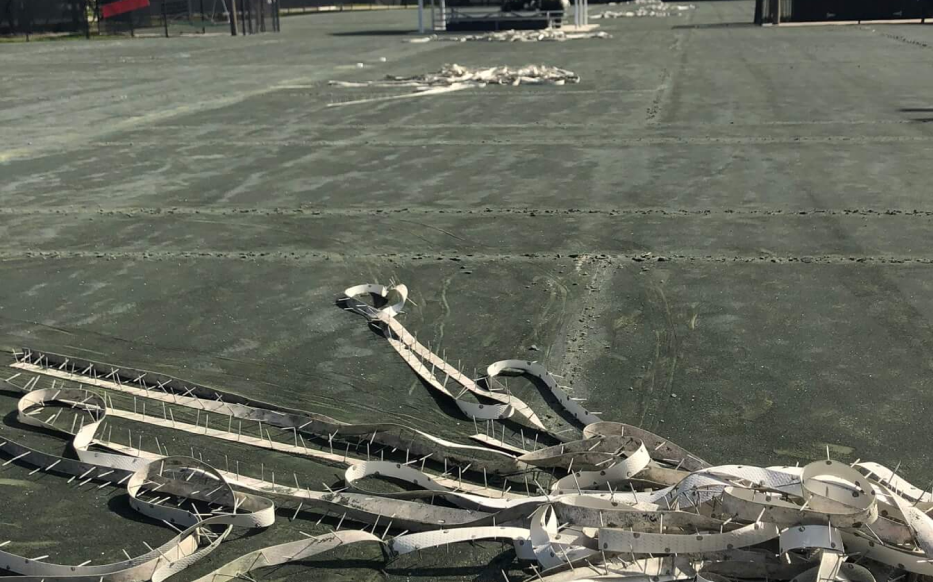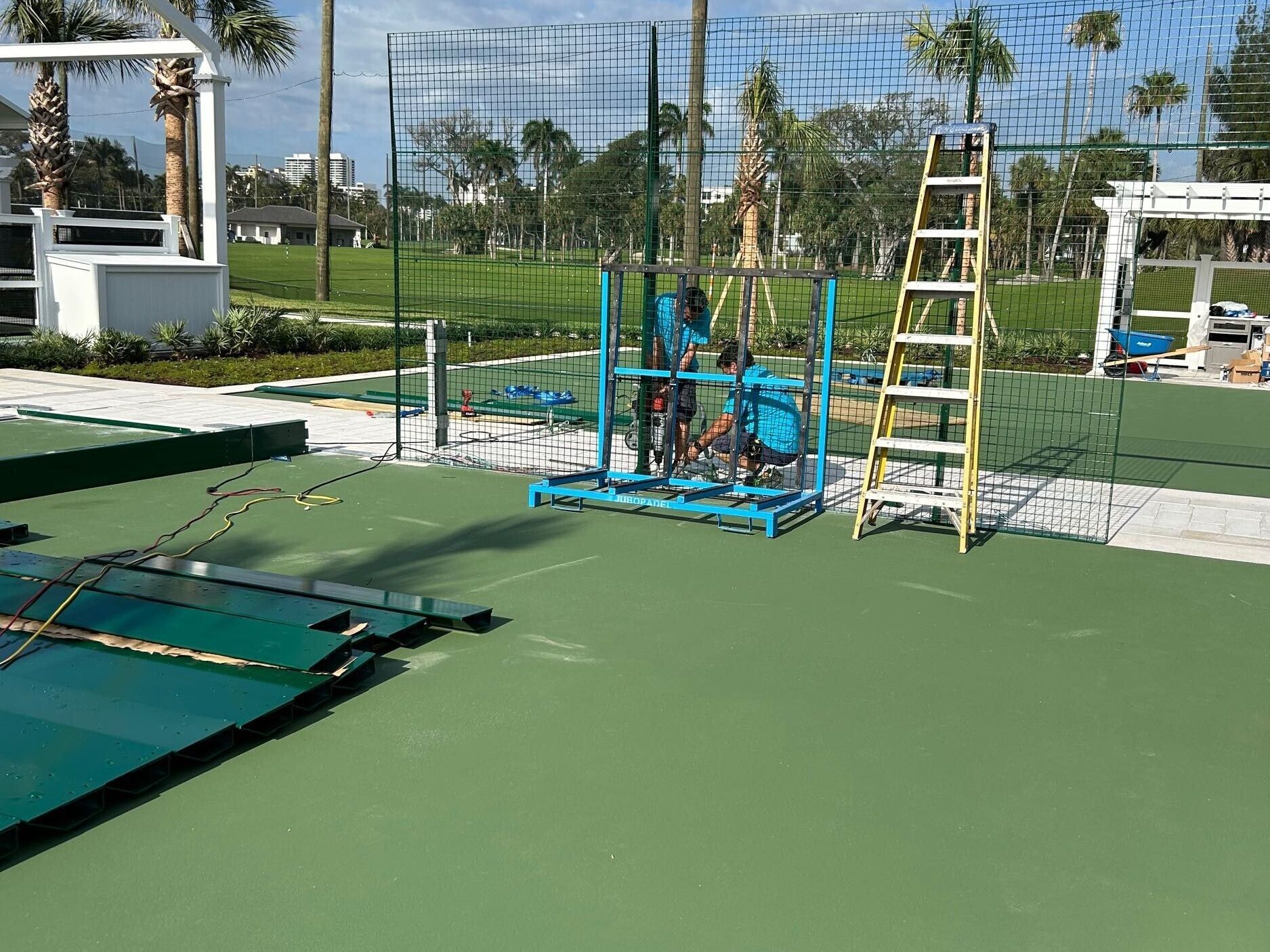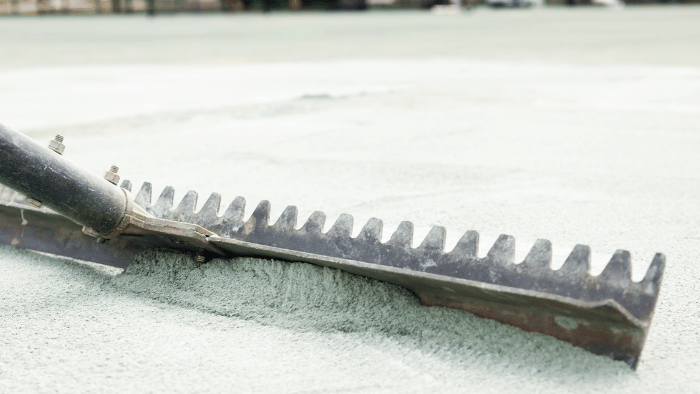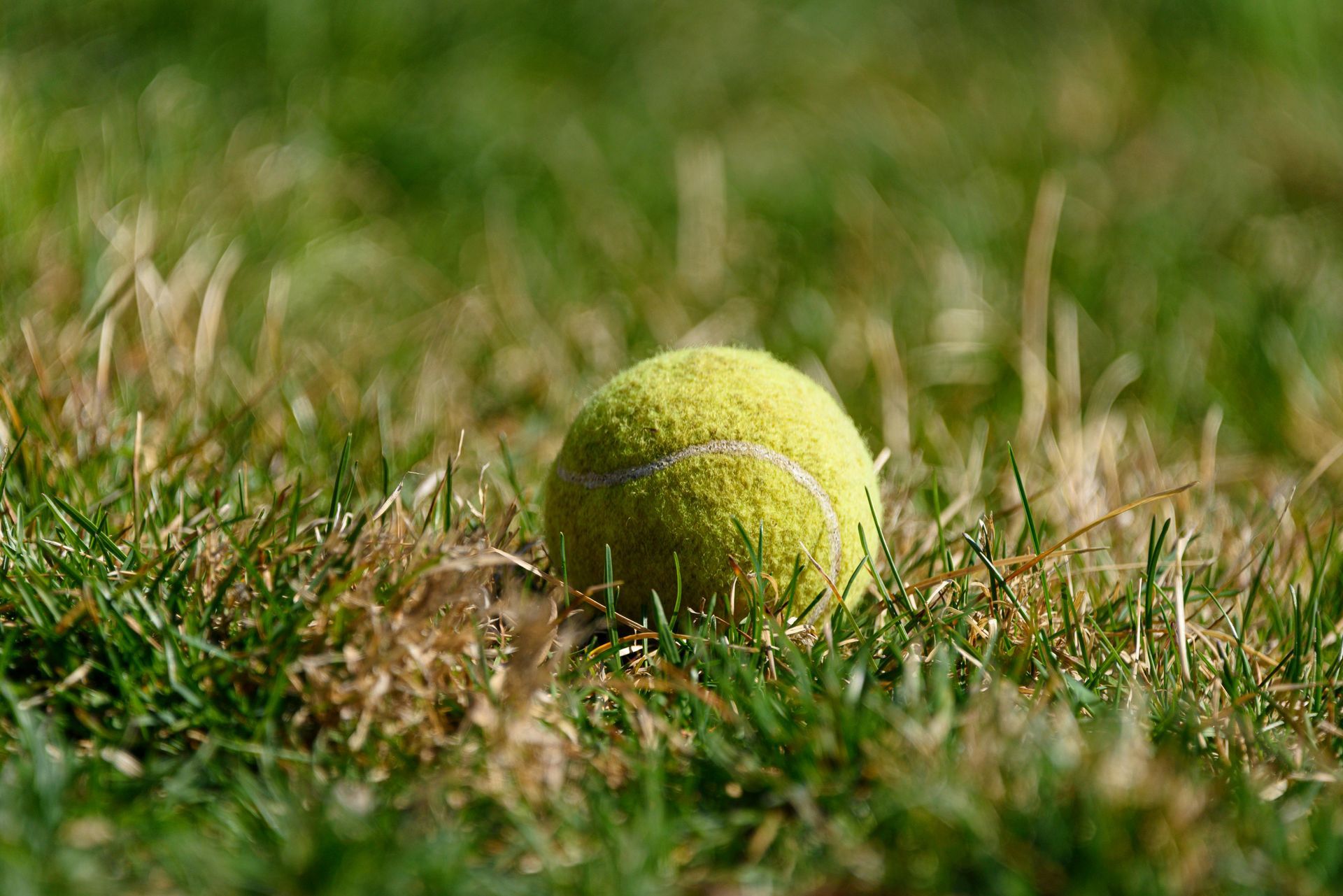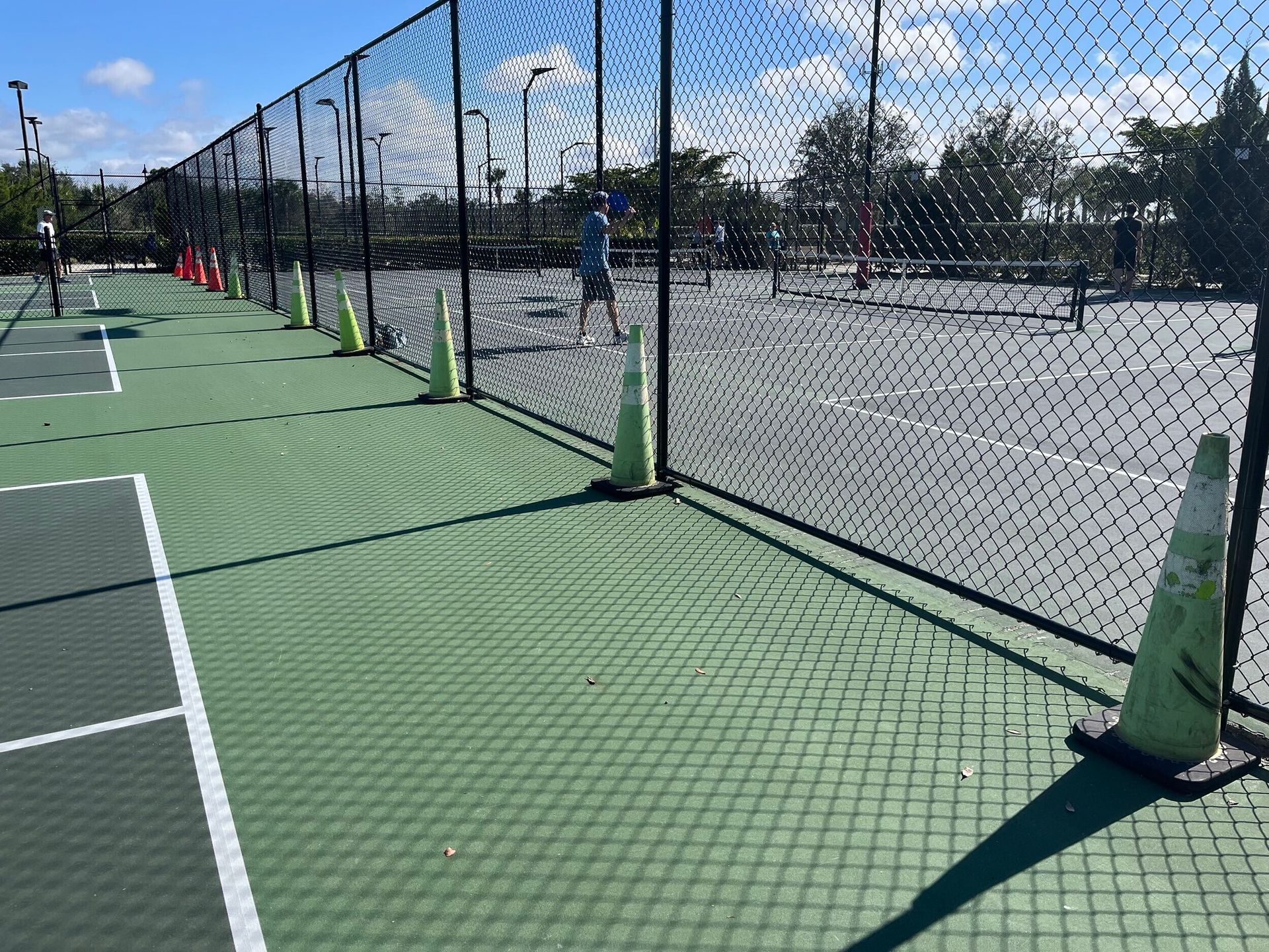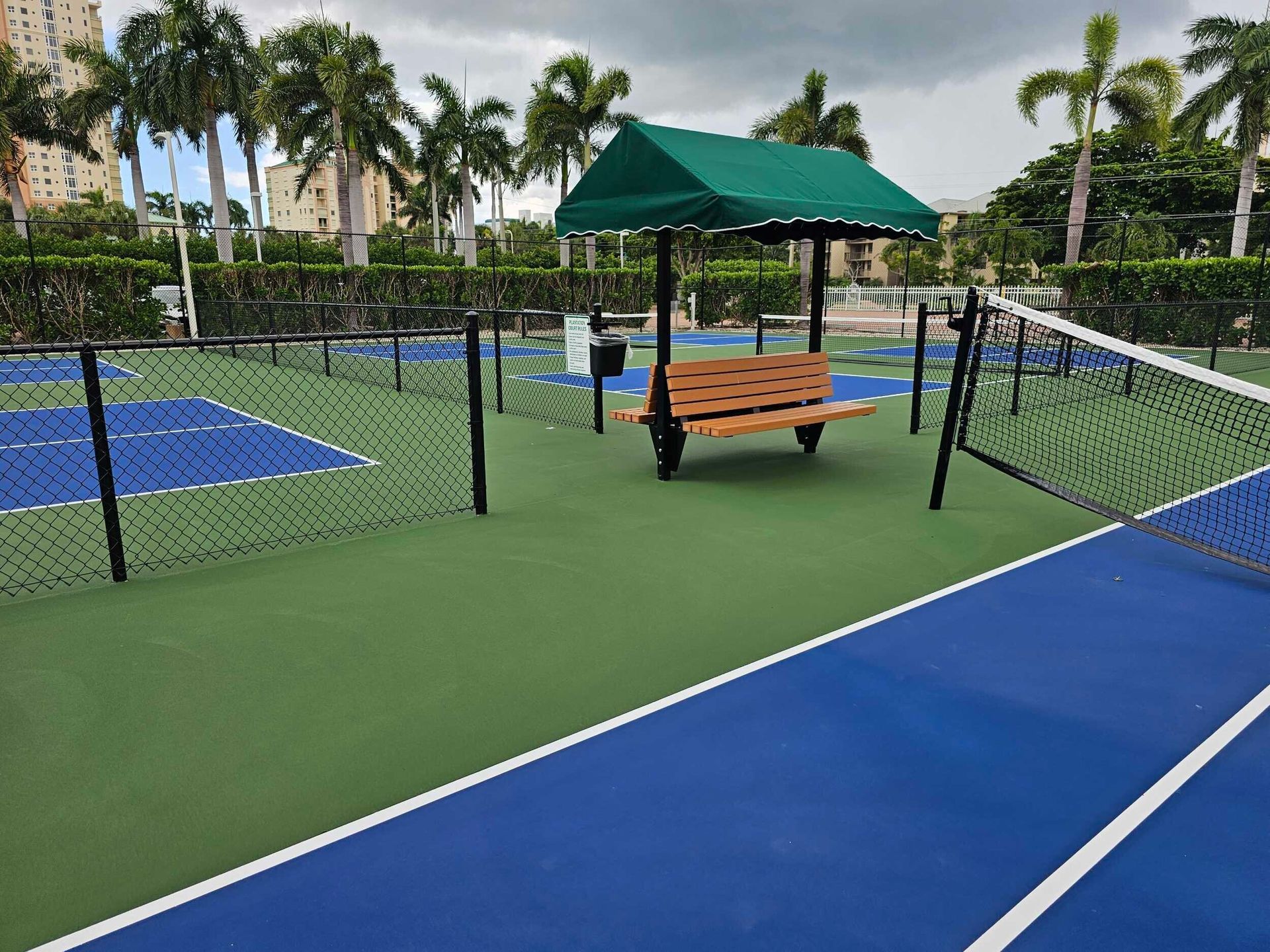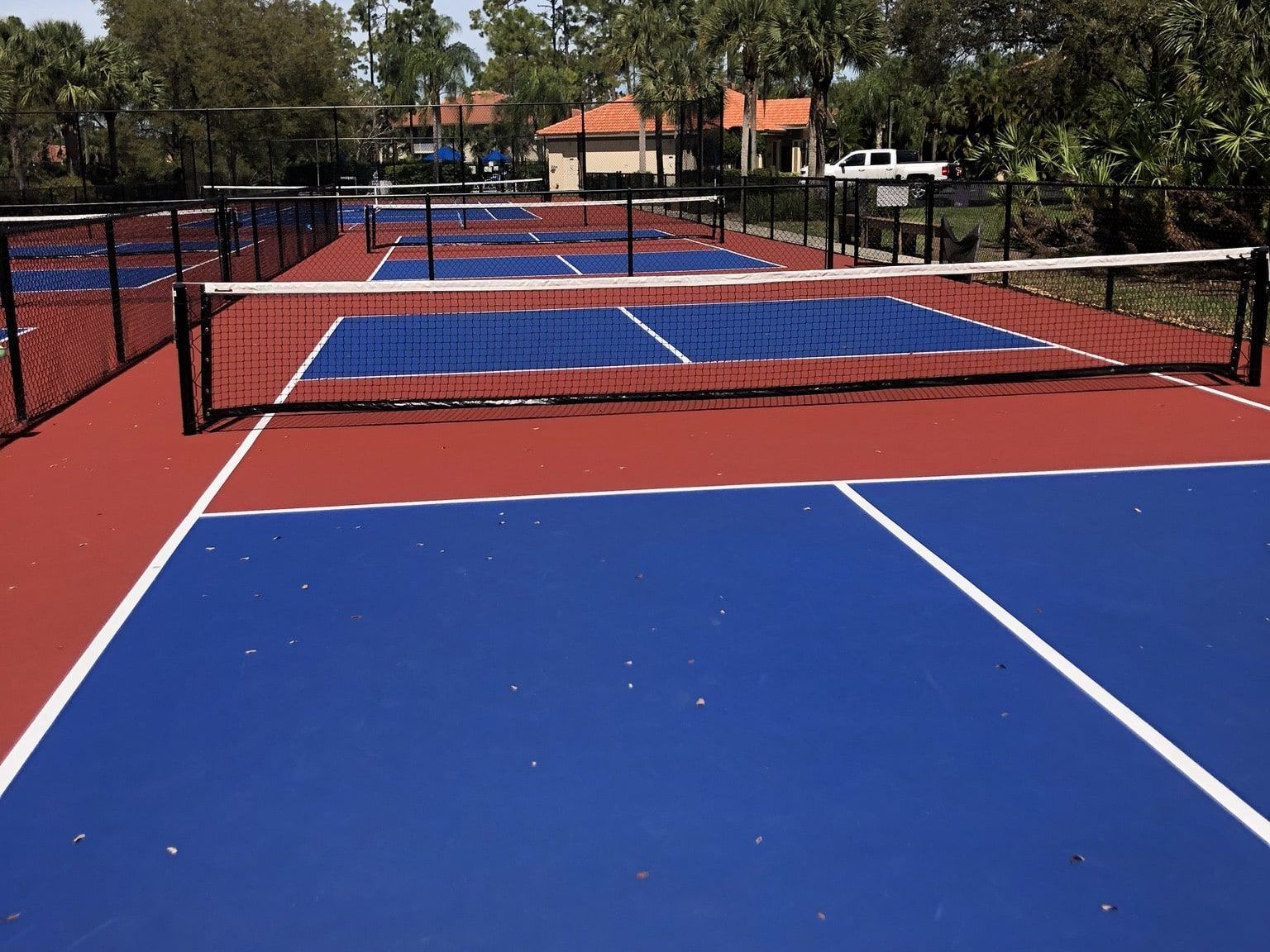Eco-Friendly Materials for Sports Court Construction
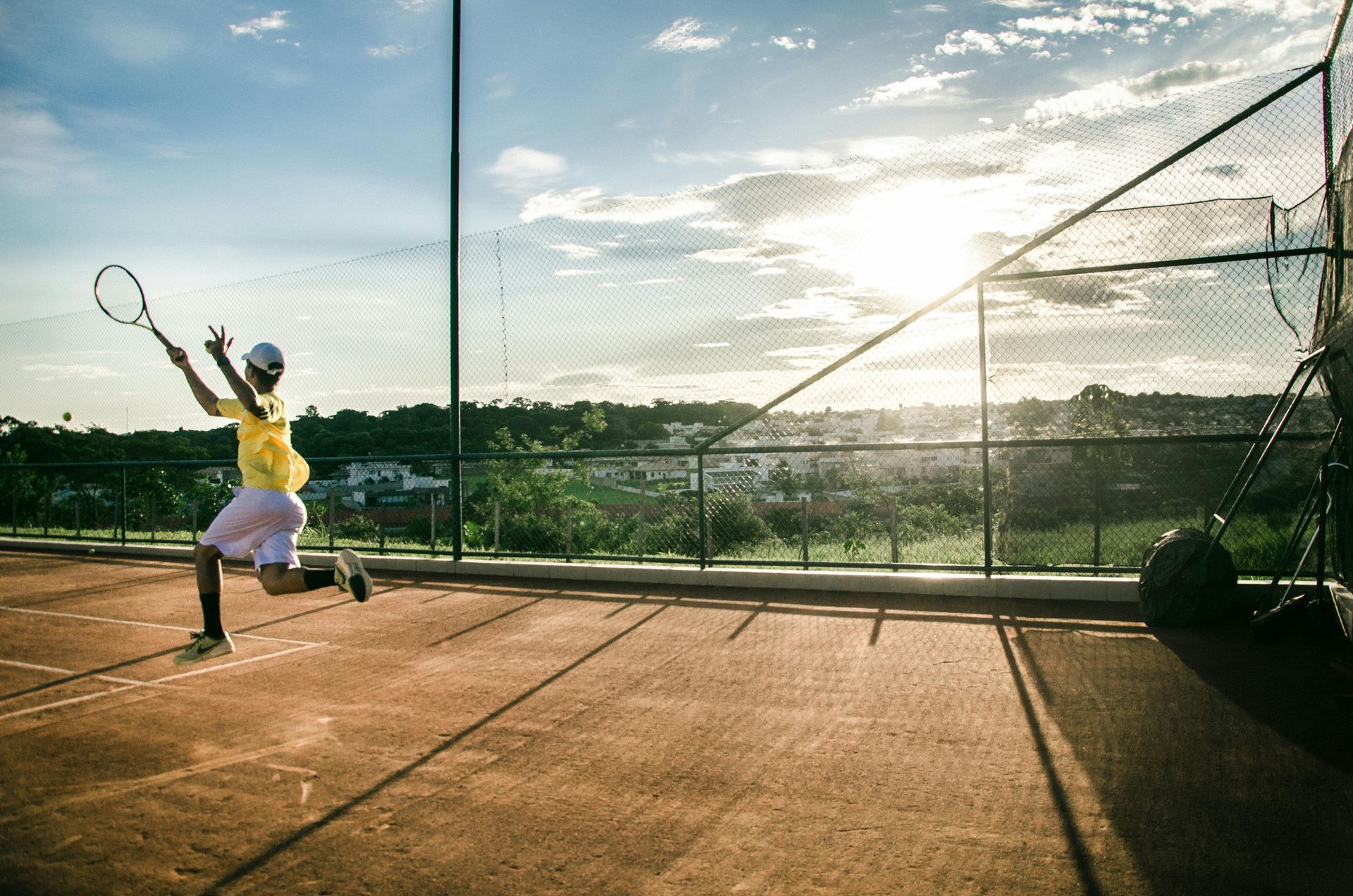
As we become more aware of our environmental footprint, the construction world is evolving. This shift is now reaching the sports industry, where the creation of courts and playing fields is turning greener. Choosing eco-friendly materials for sports court construction isn't just a trend; it's becoming a vital aspect of how we think about and interact with our athletic spaces.
Building sports facilities with sustainability in mind benefits not only our planet but also the communities who enjoy these spaces. It's about ensuring that the thrill of the game can continue for generations without compromising the health of our environment. This article dives into why and how eco-friendly materials are making a big difference in the world of sports
court construction, promising a better, greener future for all.
The Importance of Eco-Friendly Materials
Choosing eco-friendly materials for sports court construction is more than a nod to environmental trends; it's a commitment to the well-being of our planet and its inhabitants. Every decision to use sustainable materials reflects a step toward reducing negative environmental impacts, such as pollution and waste, and toward promoting a healthier ecosystem.
But the benefits of going green extend beyond the environmental. For facility operators, using sustainable materials can mean lower energy costs and enhanced durability of sports courts, leading to reduced maintenance expenses over time. For athletes and sports enthusiasts, it translates to playing in a safer, healthier environment, one that's built with materials that don't off-gas harmful chemicals or degrade into pollutants.
Communities around these eco-friendly facilities can take pride in supporting sustainable practices that contribute to global efforts against climate change. It's a powerful statement about valuing not just the immediate needs of sports and recreation but also the long-term health of the environment and future generations. In essence, eco-friendly construction in sports is about building legacies that last, both in athletic achievement and environmental stewardship.
Types of Eco-Friendly Materials for Court Construction
When it comes to building sports courts that are kind to the earth, several sustainable materials stand out. Each offers unique benefits and helps reduce the environmental impact of construction projects.
Recycled Materials
One of the most exciting developments in eco-friendly construction is the use of recycled plastics and rubber. These materials are transformed into durable, shock-absorbent surfaces perfect for outdoor courts. Not only do they prevent waste from ending up in landfills, but they also require less energy to produce than new materials.
Natural Stone and Brick
For centuries, stone and brick have been trusted materials for their strength and durability. Today, they're valued not just for these traits but also for their minimal environmental footprint. Sourced from natural, abundant materials, they don't require much processing and can last for generations, making them an excellent choice for outdoor court boundaries and seating areas.
Sustainable Wood
Indoor sports courts benefit greatly from sustainable wood, sourced from forests managed for long-term growth. This wood is certified, ensuring it's harvested responsibly without harming ecosystems. It provides a warm, natural playing surface that, with proper care, endures through many games.
ADVANCED MATERIALS
Advances in materials science have brought about composites that are both high-performance and eco-friendly. These materials often combine recycled content with new fibers to create surfaces that are durable, weather-resistant, and low in toxins. They're ideal for a variety of court types, offering excellent playability while keeping environmental impact low.
Using these materials in sports court construction shows a commitment to sustainability without compromising on
quality or performance. Each choice brings us closer to a future where sports and environmental stewardship go hand in hand.
Advantages of Using Sustainable Materials
Using eco-friendly materials in
sports court construction comes with a host of benefits. These advantages help not only the planet but also the people using the facilities and the communities around them.
Energy Efficiency
Sustainable materials are often more energy-efficient, both in how they are produced and in their use. For instance, courts made from recycled materials or sustainable wood require less energy to manufacture. This efficiency extends to the court's lifespan, where materials like natural stone can help regulate temperatures, reducing the need for artificial cooling or heating.
Water Conservation
Many green construction practices also focus on water conservation. Some eco-friendly surfaces are designed to manage rainwater efficiently, reducing runoff and helping recharge local water tables. This is especially important in areas prone to drought, where conserving water is a top priority.
Reduced Carbon Footprint
By choosing materials that are recycled, sustainably sourced, or less energy-intensive to produce, sports facilities can significantly lower their carbon footprint. This reduction in carbon emissions is a vital step towards combating climate change and promoting a healthier environment.
These sustainable practices in court construction don't just contribute to a greener planet; they also offer practical benefits like cost savings over time and a healthier environment for athletes and spectators. In embracing these eco-friendly materials and methods, sports facilities can lead by example, showing how environmental responsibility and athletic excellence can go hand in hand.
Challenges and Considerations
While the shift towards eco-friendly materials in sports court construction is promising, it's not without its challenges. One common concern is cost. Initially, sustainable materials can be more expensive than traditional options.
This upfront investment can be a hurdle for some projects, especially those with tight budgets. However, it's important to consider the long-term savings in maintenance and energy costs, which can offset the initial expense over time.
Availability is another factor. Not all regions have easy access to a wide range of sustainable materials, which can limit choices or increase costs due to transportation.
This challenge calls for creative thinking and planning, such as sourcing local materials or exploring alternative eco-friendly options that might be more readily available.
Balancing performance and sustainability is also key. While many eco-friendly materials offer comparable or even superior performance to traditional ones, ensuring they meet the specific needs of different sports is crucial.
This might involve trade-offs or compromises, but with advancing technology and innovation, these gaps are narrowing.
Lastly, there's the challenge of changing mindsets. Embracing sustainability requires a shift in how people think about construction and materials. It's about prioritizing long-term benefits for the environment and future generations over short-term gains.
Educating clients, stakeholders, and the public about the advantages of eco-friendly construction can help overcome resistance and build support for green initiatives.
Despite these challenges, the move towards sustainable sports court construction continues to gain momentum. With careful planning, collaboration, and innovation, these hurdles can be overcome, paving the way for a greener, more sustainable future in sports infrastructure.
Conclusion
Adopting eco-friendly materials in sports court construction is more than a trend; it's a necessary shift towards sustainability. This approach not only benefits the environment but also enhances the playing experience, ensuring that future generations have both a planet to live on and play on. Despite challenges like cost and availability, the long-term advantages—reduced environmental impact, cost savings, and improved community health—are compelling. As the industry continues to innovate and share success stories, eco-friendly construction will become the standard, paving the way for a greener, more sustainable future in sports.
